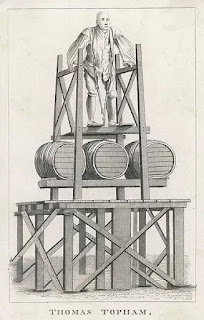The Leysian Mission was founded by the Old Boys of The Leys School at a General Meeting in the Mission House, Bishopsgate Street, on October 7th 1885. They were concerned about the social and housing conditions in the East End of London.
The Wesleyan London Mission gave them premises at 199 Whitecross Street, rent free, which were used from April 1886, for a Sunday School, a Boys' Brigade, a Girls' Parlour, etc. New, larger, premises were built in Errol Street and opened on Sunday 23 April 1890 with 200 Sunday School children in the Hall. Here the same activities continued and were expanded with a brass band.
By 1902 the Sunday School had nearly 700 children registered, with an average attendance of 480. Again larger premises were required and the Mission moved into grand purpose-built premises in Old Street. Here was a large hall seating 2,000, a small hall, club rooms for men and women, boys and girls, a gymnasium, classrooms and vestries with natural light and ventilation. The Queen Victoria Hall was opened by the, soon to be, King George V and Queen Mary on July 11th 1904.
The Leysian Mission Building also known as the Imperial Hall was Grade II listed in 1987.
The building bears two dates 1903 for the date when the building was completed and 1955 for the date in which it was restored after WW2 bombing.

















